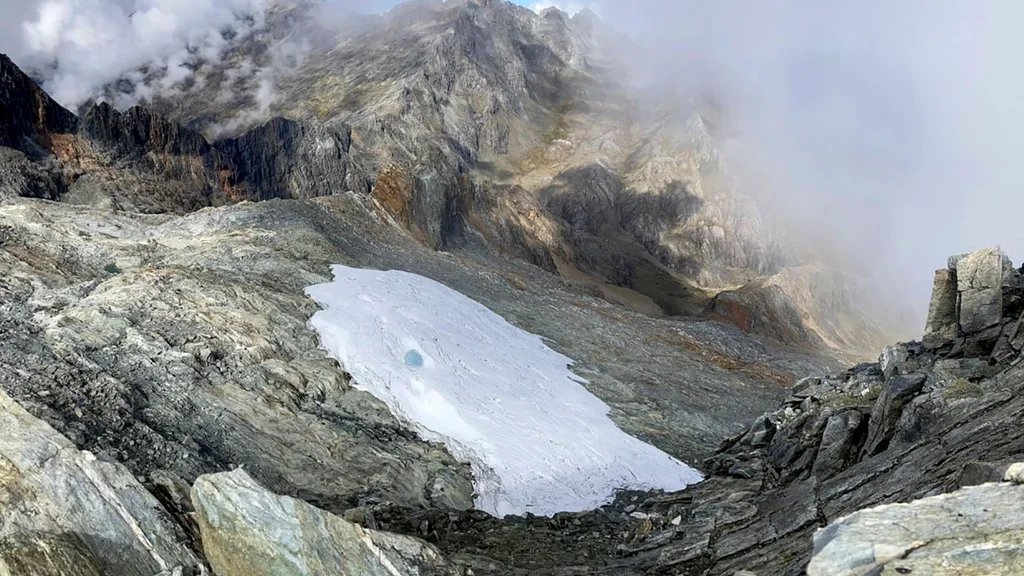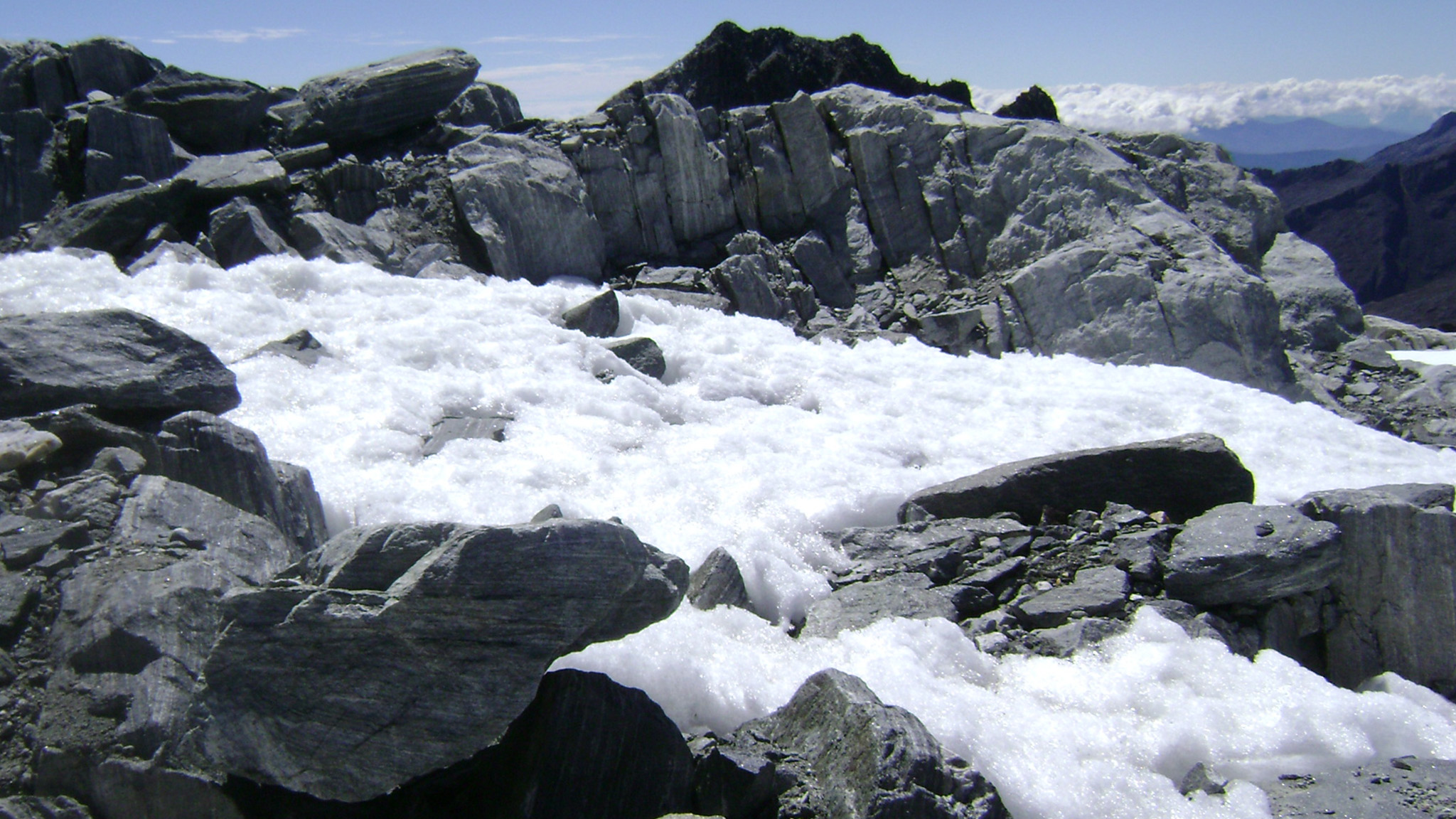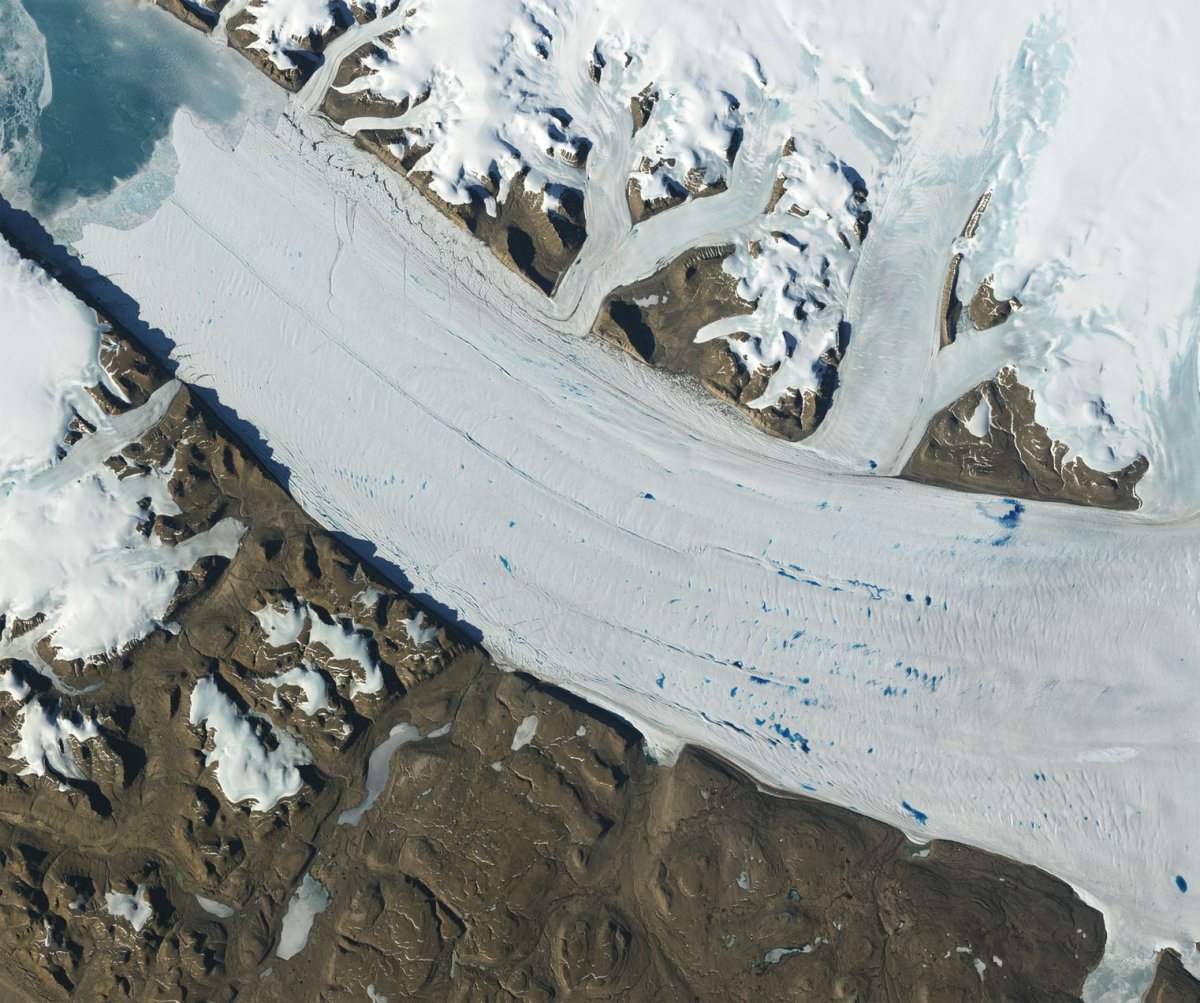
Death of Venezuelan glaciers: scientists sound the alarm
Glaciers, which play a key role in the balance of ecosystems, are on the verge of extinction. A terrible fact was the first time in history when a country lost all its glaciers due to global warming. This alarming situation in Venezuela raises serious concerns among scientists, who warn of possible catastrophic consequences for the climate, the ecology of the region and the lives of its inhabitants.
Venezuela became the first country to lose all its glaciers: a climate challenge for the planet
Venezuela made history by becoming the initial nation to witness the complete disappearance of its glaciers.
This phenomenon is a prime example of the serious climate challenges facing our planet. Previously, on the Sierra Nevada de Mérida mountain range, approximately 5,000 meters above sea level, there existed six glaciers.
In the course of time, five of these glaciers vanished, leaving only the Humboldt Glacier, also referred to as La Corona , shrank significantly, to the point where it was no longer recognizable as a glacier, but was reduced to nothing more than an ice field. This is reported byThe Guardian.
Scientists did not imagine that the pace at which this transformation occurred was unexpected. Previously, it was anticipated that the Humboldt Glacier, situated close to Venezuela’s second-highest summit, Pico Humboldt, would endure for at least another ten years.
However, political instability in the region has prevented scientific monitoring, and recent estimates indicate that the area is declining faster than expected. Now less than 2 hectares in size, what was once a majestic glacier has been affected by climate change and reduced to a fraction of its.

Climatologist and weather historian Maximiliano Herrera highlights this event as noteworthy, particularly within the context of global warming patterns.
He points to countries such as Indonesia, Mexico and Slovenia, which are also facing the threat of their glaciers disappearing due to recent temperature swings.
Ecological crisis: consequences of the loss of the Humboldt Glacier for Venezuela and the world
The scientific reasons for the glacier’s retreat are very clear. According to Louis Daniel Llamby, an ecologist with the According to the Adaptation at Altitude science program, the Humboldt Glacier lacks an area for accumulation, a key area where new ice can accumulate, and it simply collapses beyond repair.
The decrease became apparent during the 2023 expedition, validating a notable shrinkage of the glacier compared to prior years. Additionally, phenomena like El Niño have worsened the warming, particularly in tropical areas such as Venezuela, heightening the vulnerability of such glaciers.
The vanishing of the Humboldt Glacier signifies more than just an ecological setback; it signifies deeper cultural and environmental transformations. Glaciers, in addition to their physical existence, are an integral part of the cultural and environmental identity of the regions where they are located. They sustain distinctive life forms and possess considerable cultural significance, impacting various aspects from biodiversity to indigenous customs.

As these colossal ice formations recede, they not only remove water sources but also strip away elements of the region’s heritage and the natural allure that draws tourists and nature enthusiasts.
This moment in Venezuela’s history underscores the pressing necessity to address the impacts of climate change and adjust our understanding of and engagement with these high-altitude ecosystems.
While initiatives like the installation of thermal blankets to shield glaciers might not appear like enough, they are a critical, if desperate, step in preventing further losses.
As scientists monitor these transformations, we are especially reminded of the ongoing changes in our global ecosystem and the urgent need for immediate measures to preserve our planet’s natural wonders.